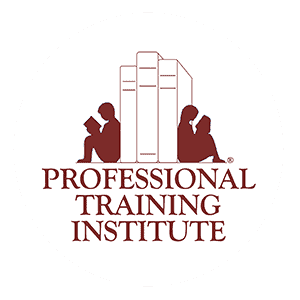
The rationale for explicit and multisensory phonics instruction can no longer be ignored. Science tells us that most kids will benefit from a structured, code-based approach to learning how to read words.(1) Students with dyslexia certainly require this type of teaching, and no child is harmed by learning the sounds and syllables types of his or her own language. When students are learning to crack the code of English, we use decodable text to help them apply learned skills to reading in context. In this type of text, the majority of the words follow the regular patterns of English. Practice with decodable passages, stories, and informational text gives students the confidence to rely on their phonics skills and strategies rather than on guessing, predicting, looking at pictures, or memorizing words. Long maligned as boring, dry, or stilted, decodable text has come a long way. Below are some samples of newer texts to explore with your novice readers of all ages:
High Noon InfoMAGs
InfoMAGs feature real-world informational text in a “magazine” format. Additionally, High Noon offers a City Secrets series as well as a range of books about extreme sports that appeal to reluctant readers.
Flyleaf Publishing Books to Remember
This decodable literature series offers meaningful and comprehensible decodable books tied to a systematic phonics scope and sequence. They feature a range of stories and tales featuring multicultural protagonists, with beautiful pictures adding to their enchantment.
Simple Words Decodable Chapter Books
These books feature high interest story lines with controlled vocabulary and decodable text in a chapter book format. Each page features a significant amount of text, encouraging stamina and fostering pride in reading a “real” book.
Happy Reading!
(1) https://dyslexiaida.org/ladder-of-reading-infographic-structured-literacy-helps-all-students/










Jaydin Skinner says: